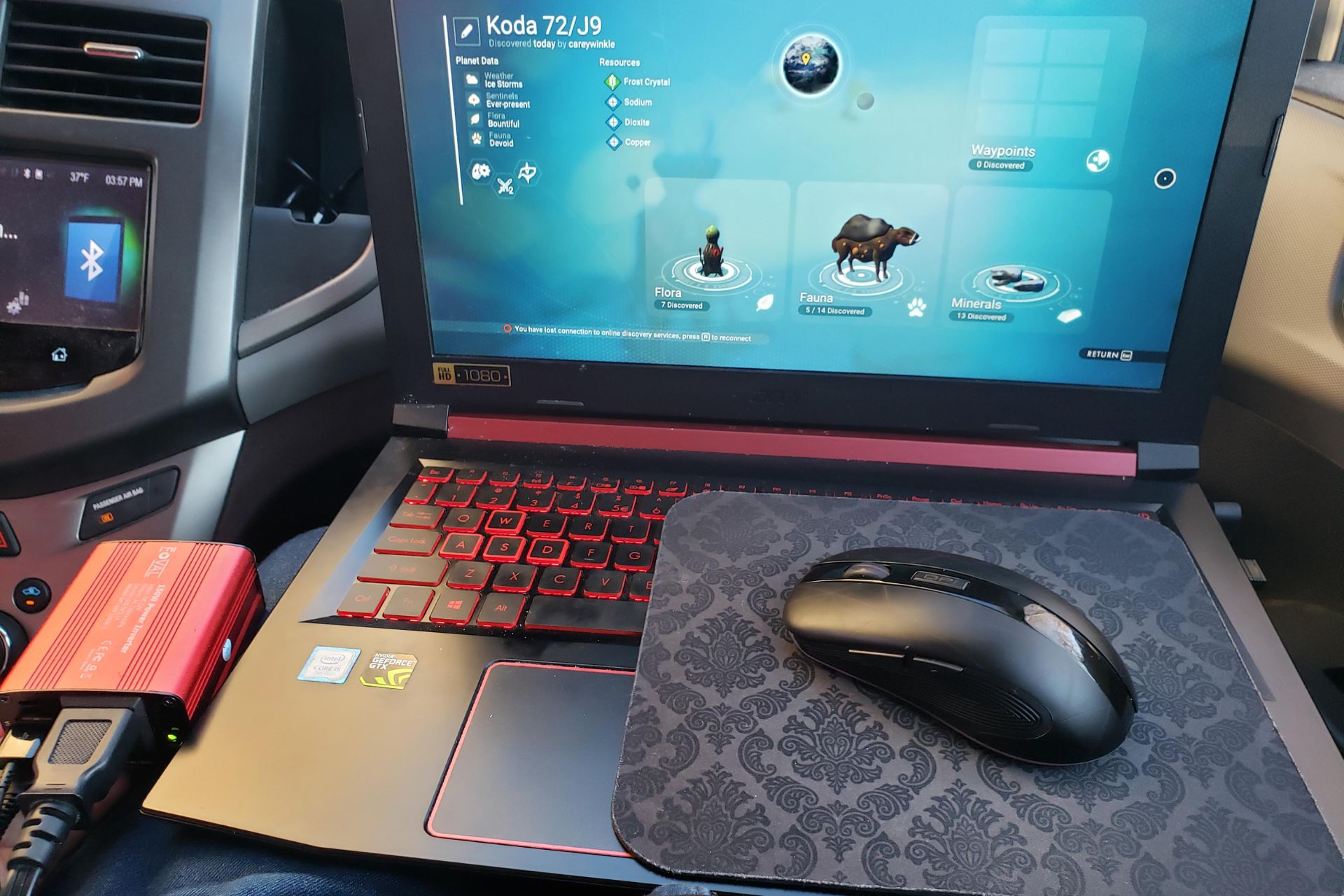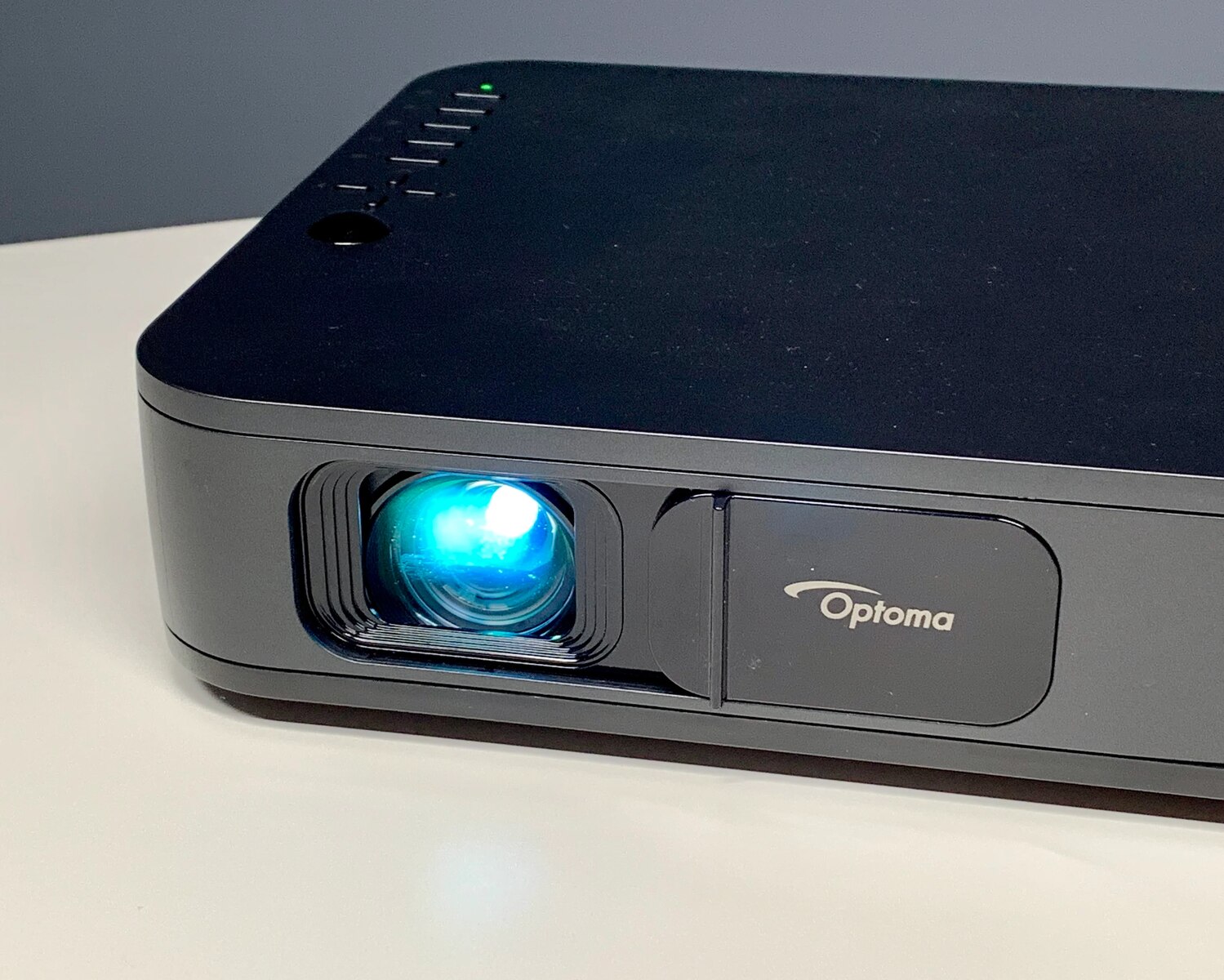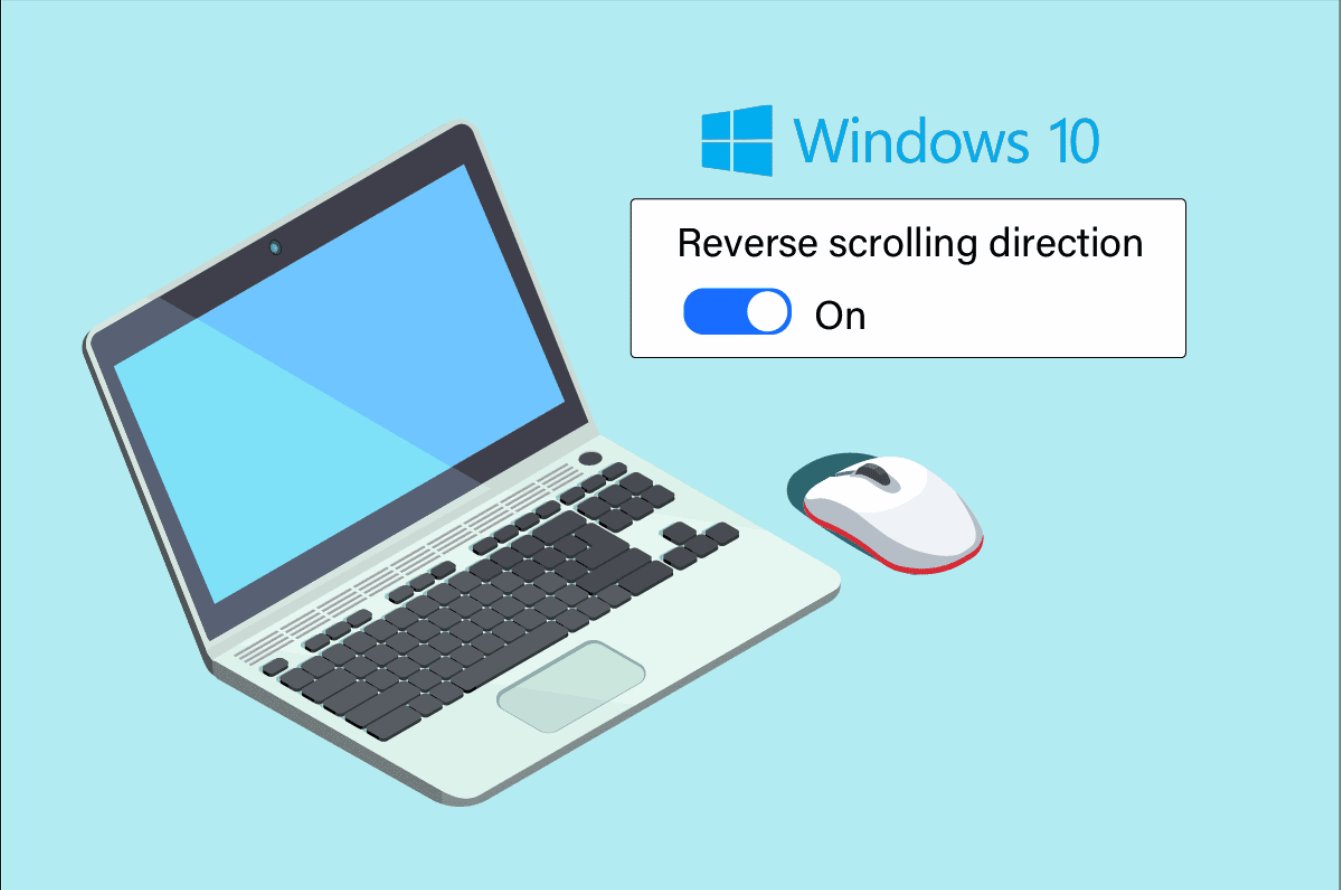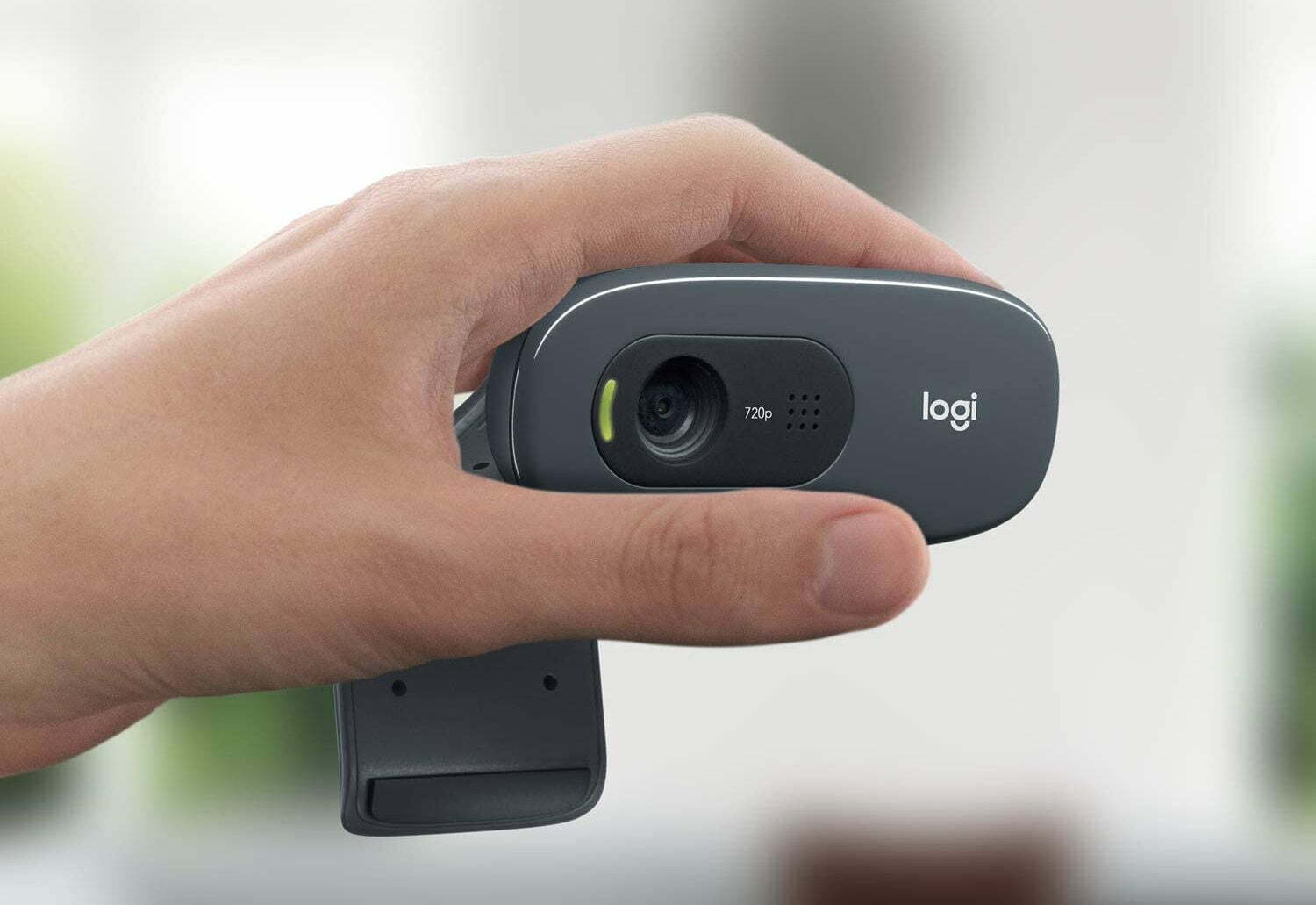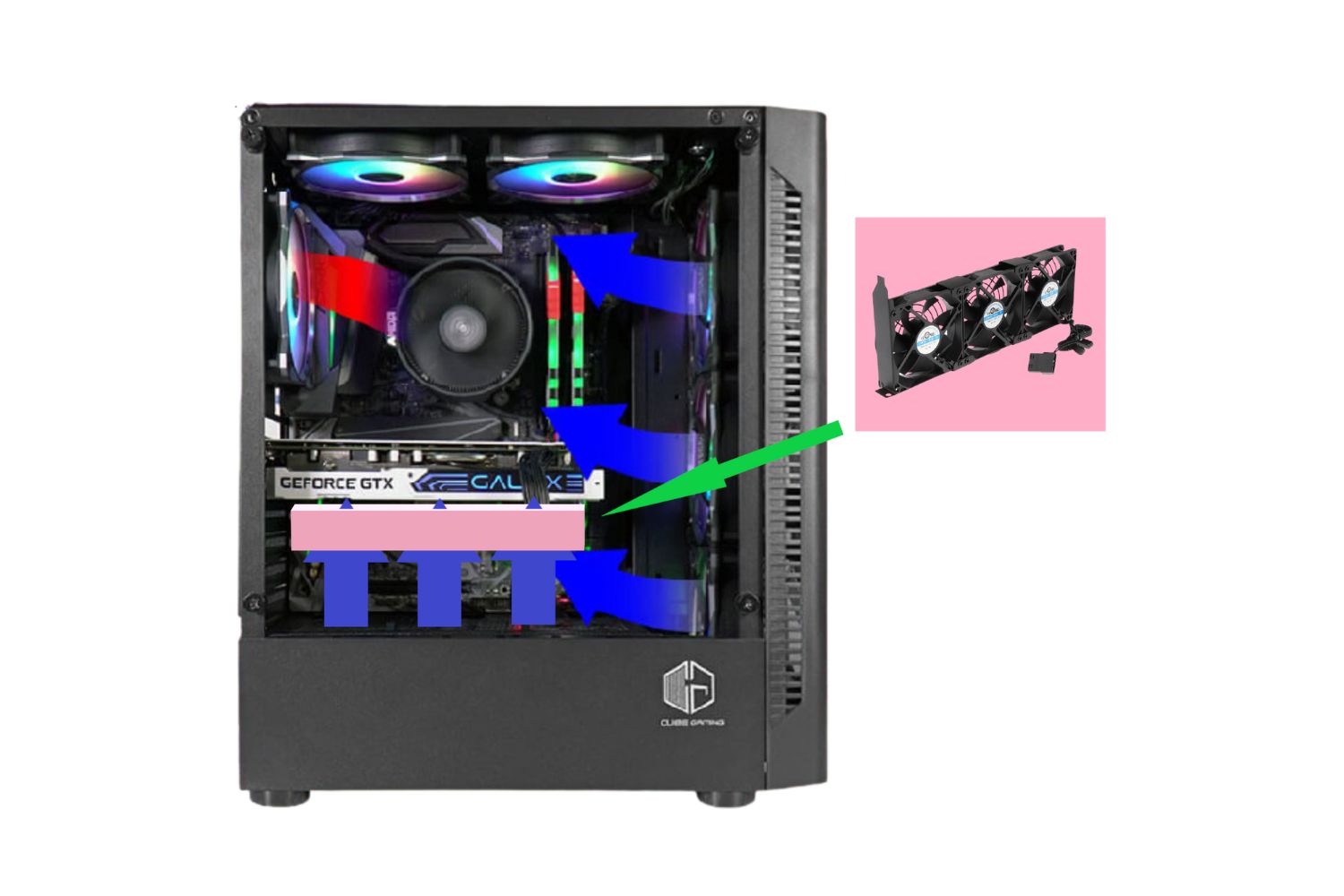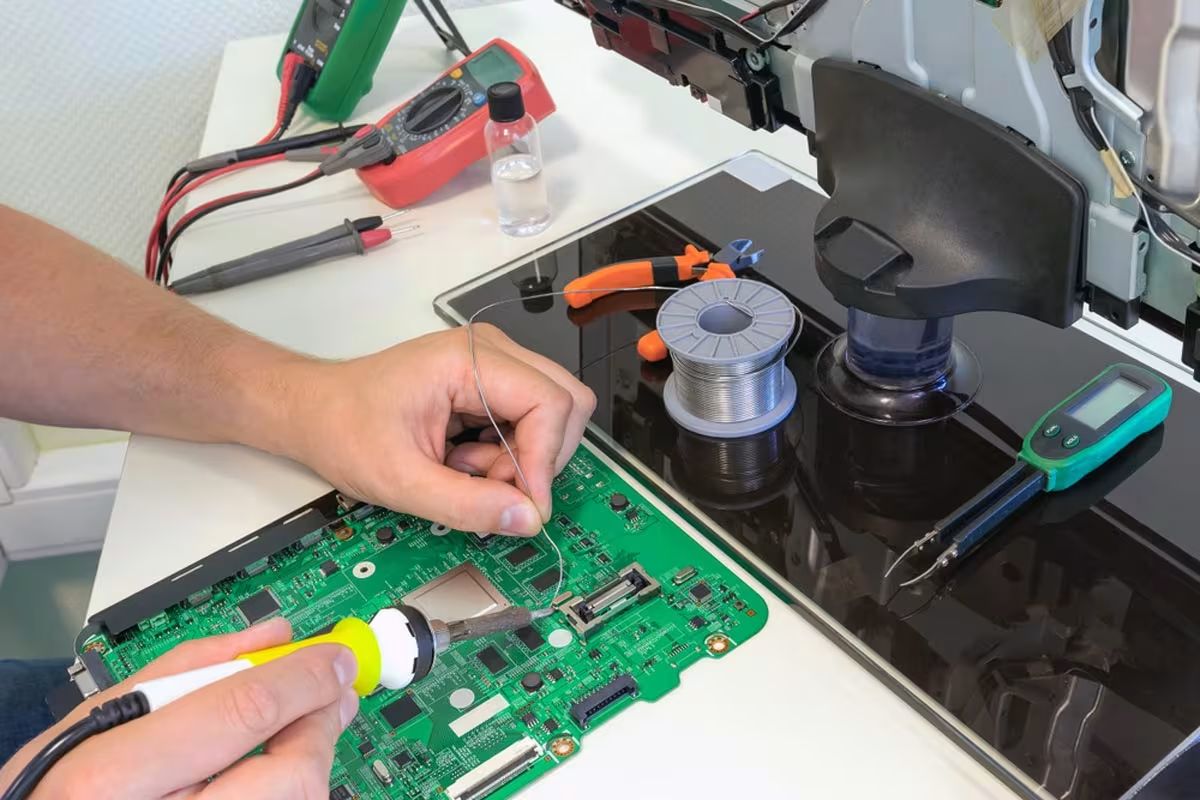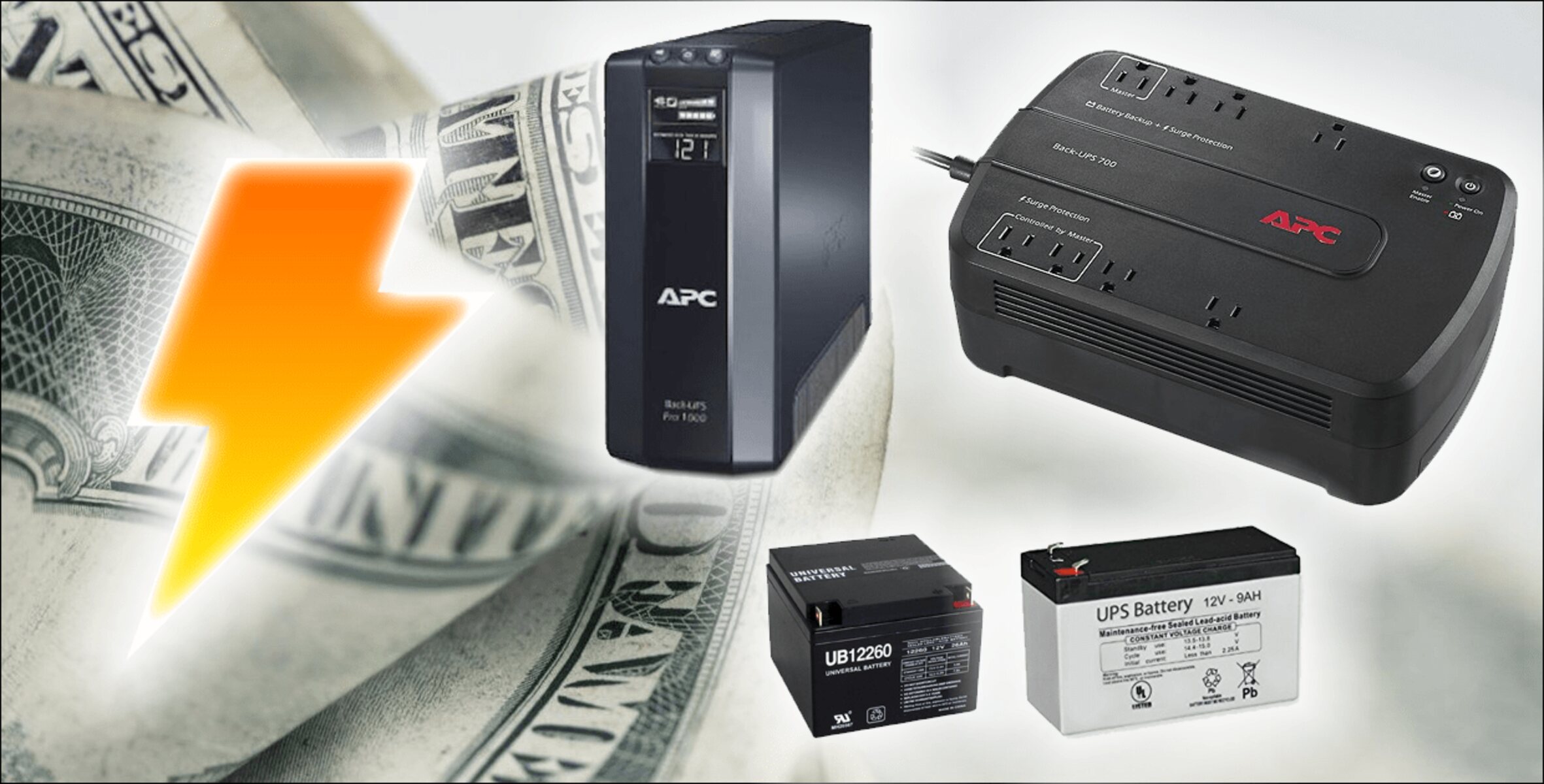Introduction
When it comes to gaming on a laptop, power is everything. Whether you’re playing the latest AAA titles or engaging in intense online multiplayer battles, having a reliable and efficient power source is crucial for an uninterrupted gaming experience. While most gaming laptops come equipped with their own power adapters, what do you do when you’re on the go or in a location where a wall outlet is not available?
This is where a power inverter comes in handy. A power inverter is a device that converts DC power from a battery or a car’s electrical system into AC power, which is what your laptop needs to run. With a power inverter, you can easily power your gaming laptop using a car battery or a portable power source.
In this article, we will delve into the world of power inverters and discuss what kind of power inverter is best suited for a gaming laptop. We will explore the basics of power inverters, understand the power requirements of gaming laptops, and evaluate the difference between sine wave and modified sine wave inverters. Furthermore, we will guide you on selecting the right wattage inverter and provide considerations for portable gaming setups. Lastly, we will share some valuable tips for maximizing efficiency and ensuring a smooth gaming experience.
So, if you’re a gaming enthusiast who wants the flexibility to play your favorite games wherever you go, keep reading to discover the essential information you need to know about power inverters for gaming laptops.
Power Inverter Basics
Before diving into the specifics of power inverters for gaming laptops, it’s important to understand the basics of how they work. A power inverter is essentially an electronic device that converts DC power, typically from a battery or a car’s electrical system, into AC power, which is what most household electronic devices, including gaming laptops, operate on.
Power inverters come in various sizes and types, but the most common ones are designed to be used with 12-volt DC power sources, like car batteries. These inverters typically have a DC input and one or more AC outputs, allowing you to connect multiple devices simultaneously.
One key feature to consider when choosing a power inverter is its waveform. There are two main types of waveforms: sine wave and modified sine wave. A sine wave inverter produces a smooth waveform that closely mimics the power from a wall outlet, making it suitable for sensitive electronic devices. On the other hand, a modified sine wave inverter produces a rougher waveform and may not be compatible with all devices, including some gaming laptops. Therefore, it’s crucial to ensure compatibility between your gaming laptop and the power inverter’s waveform.
Another important consideration is the power rating of the inverter, typically measured in watts. Different gaming laptops have varying power requirements, so it’s essential to choose an inverter that can handle the power needs of your specific device. It’s recommended to check the power requirements of your gaming laptop either from the manufacturer’s website or by looking at the power adapter that came with it.
Additionally, some power inverters come equipped with features like built-in surge protection, thermal shutdown, and overload protection. These features can help safeguard your gaming laptop from voltage spikes, high temperatures, and excessive power draw.
In the next section, we will explore the specific power requirements of gaming laptops and discuss how to determine the appropriate wattage for your gaming laptop power inverter. So, let’s jump right into it!
Understanding Gaming Laptop Power Requirements
Gaming laptops are known for their high-performance components, such as powerful processors, dedicated graphics cards, and high-resolution displays. As a result, they require more power than standard laptops for smooth gameplay and optimal performance. Understanding the power requirements of your gaming laptop is crucial when selecting a power inverter.
To determine the power requirements of your gaming laptop, you need to identify two key specifications: the wattage of your laptop’s power adapter and the maximum power draw of your laptop. The power adapter’s wattage can usually be found on the label or marking on the adapter itself. It is typically expressed in watts (W) and may range from 65W to 230W or higher, depending on the laptop model.
However, keep in mind that the power adapter’s wattage indicates the maximum power it can deliver to the laptop, not how much power the laptop actually consumes. The laptop’s power consumption can vary based on factors like the intensity of the game, the CPU and GPU usage, and whether peripherals like external keyboards or mice are connected.
To get a more accurate estimate of your gaming laptop’s power consumption, you can use power monitoring tools or consult the manufacturer’s specifications. Some manufacturers provide detailed power consumption information in the laptop’s documentation or on their website. By considering both the power adapter’s wattage and the laptop’s power consumption, you can determine the approximate wattage requirements for your power inverter.
It’s important to choose a power inverter with a wattage rating that exceeds the estimated power requirements of your gaming laptop. This will ensure that the inverter can handle the peak power demands without overloading or causing any performance issues. Selecting an inverter with a higher wattage rating also provides room for future upgrades or the addition of peripherals.
In the next section, we will discuss the difference between sine wave and modified sine wave inverters and their impact on gaming laptop performance. So, let’s move on to explore these important details!
Sine Wave vs. Modified Sine Wave Inverters
When it comes to power inverters, one crucial factor to consider is the type of waveform they produce. There are two main types: sine wave and modified sine wave. The waveform generated by the inverter can have a significant impact on the performance and compatibility of your gaming laptop.
A sine wave inverter produces a smooth and continuous waveform that closely resembles the power provided by electrical utility companies. This type of waveform is considered pure and is compatible with almost all electronic devices, including sensitive equipment like gaming laptops. It provides a stable and reliable power source, ensuring a smooth gaming experience.
On the other hand, a modified sine wave inverter generates a rough approximation of a sine wave. It is a more affordable and commonly available option compared to pure sine wave inverters. However, the waveform produced by modified sine wave inverters may not be suitable for certain devices, including some gaming laptops.
Some gaming laptops and their associated power supplies are designed to work optimally with pure sine wave power sources. When connected to a modified sine wave inverter, these devices may experience issues such as screen flickering, audio interference, or even damage to sensitive components. It’s essential to check the manufacturer’s recommendations and specifications to determine the compatibility of your gaming laptop with a modified sine wave inverter.
While pure sine wave inverters provide the highest level of compatibility and performance, they tend to be more expensive than modified sine wave inverters. However, investing in a pure sine wave inverter ensures that your gaming laptop receives a stable and clean power supply, minimizing the risk of any potential issues.
In summary, if your gaming laptop manufacturer recommends using a pure sine wave inverter, it is advisable to follow their advice to ensure optimal performance and longevity of your device. However, if your laptop is compatible with a modified sine wave inverter, you can save some money by opting for this more economical option.
Next, we will explore how to select the right wattage inverter for your gaming laptop. So, let’s move on to the next section!
Selecting the Right Wattage Inverter
Choosing the correct wattage inverter is essential to ensure that your gaming laptop receives an adequate power supply. To determine the right wattage for your inverter, you need to consider both the power requirements of your laptop and any additional devices you plan to connect.
Start by determining the wattage of your gaming laptop’s power adapter, which can usually be found on the adapter itself. This wattage represents the maximum power that the adapter can deliver to the laptop. However, remember that the laptop’s actual power consumption can vary depending on usage and other factors.
In addition to the laptop’s power consumption, you need to account for any peripherals or accessories that you typically use while gaming. These may include external keyboards, mice, or USB-powered devices. Check the power requirements of each accessory and add them to the estimated power consumption of your laptop.
Once you have an estimation of the total power consumption, it is recommended to choose a power inverter with a wattage rating that exceeds the estimated power requirements. This will ensure that the inverter can handle the peak power demands without overloading or causing any performance issues. It’s better to have some extra headroom in wattage to accommodate future upgrades or the addition of more peripherals.
For instance, if your gaming laptop and its peripherals consume a total of 150 watts, it’s advisable to choose an inverter with a wattage rating of 200 watts or higher. This will provide a buffer zone and prevent straining the inverter’s capacity.
Keep in mind that the power rating of an inverter represents its maximum continuous output. Some inverters may have a higher surge or peak power rating, which indicates their ability to handle brief power spikes. These surge ratings are important when devices like gaming laptops start up or when power-hungry components like graphics cards kick into high gear.
To summarize, calculate the total power requirements of your gaming laptop and any additional peripherals, and select an inverter that surpasses that total wattage. This will ensure a stable and reliable power supply for your gaming needs.
In the next section, we will discuss considerations for portable gaming setups where a power inverter can be especially beneficial. So, let’s continue exploring!
Considerations for Portable Gaming Setups
Portable gaming setups offer the flexibility to enjoy gaming experiences wherever you go, whether it’s on road trips, outdoor adventures, or simply gaming sessions at a friend’s place. When setting up a portable gaming station, there are a few additional considerations to keep in mind to ensure a seamless and convenient gaming experience.
Firstly, if you plan to power your gaming laptop using a car battery or a portable power source, it’s important to have a power inverter that is compatible with these power sources. Check the specifications of the inverter to ensure it can handle the voltage and current output of your chosen power source. Additionally, consider the size and weight of the inverter, as portability is key for on-the-go gaming.
Another consideration is the availability of power outlets or charging options while on the move. If you’re embarking on a long journey or spending time away from traditional power sources, consider investing in a portable power station or a high-capacity power bank. These devices can provide a reliable and portable power source for your gaming laptop, allowing you to enjoy uninterrupted gaming sessions even in remote locations.
Furthermore, ensure that your portable gaming setup is properly secured and protected during transportation. Invest in sturdy laptop cases or backpacks designed specifically for gaming laptops, as these often have built-in padding and compartments to securely store your laptop, accessories, and the power inverter. This will help prevent any damage due to bumps or accidental drops.
Additionally, pay attention to the ambient temperature of your gaming environment. Gaming laptops generate heat during intensive gameplay, and if you’re using a power inverter in a confined space, such as inside a vehicle, the heat dissipation may be limited. Ensure proper ventilation and consider using cooling pads or fans to prevent overheating and maintain optimal performance.
Lastly, when selecting a power inverter for your portable gaming setup, consider inverters with additional features like USB ports or additional AC outlets. These features can come in handy for charging or connecting other devices simultaneously, such as smartphones, tablets, or gaming controllers.
By taking these considerations into account, you can create a reliable and portable gaming setup that allows you to enjoy immersive gaming experiences wherever you go.
In the next section, we will share some valuable tips for maximizing efficiency and optimizing your gaming laptop’s performance with a power inverter. So, let’s dive into these tips!
Tips for Maximizing Efficiency
To ensure the best performance and efficiency when using a power inverter for your gaming laptop, consider implementing the following tips:
1. Optimize Power Settings: Adjust your gaming laptop’s power settings to maximize battery life and reduce power consumption. Lowering screen brightness, managing background processes, and disabling unnecessary features can help conserve power.
2. Close Unused Applications: Close any unused applications or processes running in the background to reduce CPU and GPU usage, thereby minimizing power consumption and improving overall performance.
3. Disconnect Unnecessary Peripherals: Disconnect any peripherals that are not in use, such as external keyboards, mice, or USB devices. These peripherals draw power from the laptop and can contribute to increased power consumption.
4. Use Power-Saving Mode: Enable power-saving mode or battery saver mode on your gaming laptop, as this will further optimize power consumption by adjusting various settings to conserve energy.
5. Minimize Display Refresh Rate: Gaming laptops often come with high refresh rate displays, such as 144Hz or 240Hz. Consider lowering the refresh rate to a lower setting when gaming on battery power, as higher refresh rates require more power to operate.
6. Manage Graphics Settings: Adjust the graphics settings in your games to strike a balance between visual quality and performance. Lowering graphics settings can reduce the strain on your laptop’s graphics card, resulting in lower power consumption.
7. Utilize Sleep or Hibernation Mode: When taking a break from gaming, utilize sleep or hibernation mode to put your laptop into a low-power state. This will help conserve battery life and reduce unnecessary power consumption.
8. Keep Your Laptop Cool: Overheating can impact not only the performance but also the efficiency of your gaming laptop. Ensure proper ventilation and use cooling pads or stands to maintain optimal temperature levels and prevent thermal throttling.
9. Regularly Update Drivers: Keeping your gaming laptop’s drivers up to date can optimize performance and improve power management. Check for graphics card driver updates and install them regularly.
10. Use Power Inverter Efficiently: Lastly, when using a power inverter, consider connecting only your gaming laptop and essential peripherals. Connecting additional devices that aren’t needed can lead to unnecessary power drain and decrease overall efficiency.
By implementing these tips, you can maximize the efficiency of your gaming laptop and ensure longer gaming sessions with the help of a power inverter.
In the next section, we will conclude our discussion on power inverters for gaming laptops. So, let’s move on to the final section!
Conclusion
In conclusion, a power inverter is an essential tool for powering your gaming laptop on the go or in locations where a traditional wall outlet is not available. Understanding the basics of power inverters, such as waveform types and wattage ratings, is crucial in selecting the right inverter for your gaming laptop.
Determining your laptop’s power requirements and choosing a wattage rating that exceeds those requirements will ensure a stable and reliable power supply. Additionally, considering the compatibility between your gaming laptop and the inverter’s waveform is essential to avoid any potential issues.
For portable gaming setups, it is important to select a power inverter that is compatible with your chosen power source, such as a car battery or a portable power station. Securing and protecting your gaming laptop during transportation, as well as managing the ambient temperature to prevent overheating, are also vital considerations.
To maximize efficiency and optimize your gaming laptop’s performance, take advantage of power-saving settings, close applications running in the background, and adjust graphics settings as needed. Implementing these tips will help conserve power, extend battery life, and enhance overall efficiency.
By adhering to these guidelines and taking into account the considerations mentioned, you can create a reliable and portable gaming setup with the assistance of a power inverter.
So, whether you’re embarking on a road trip, gaming outdoors, or simply enjoying gaming sessions at a friend’s place, a power inverter allows you to experience uninterrupted gaming on your laptop.
We hope this guide has provided you with valuable insights and guidance for selecting and using a power inverter for your gaming laptop. Now, it’s time to venture out and enjoy gaming anywhere with the power and flexibility provided by a power inverter.







